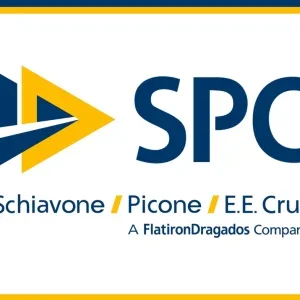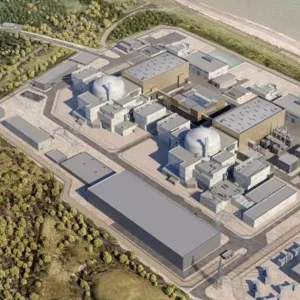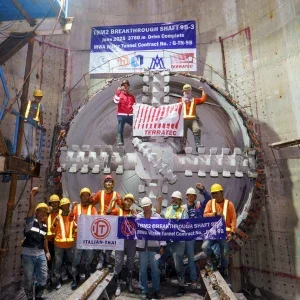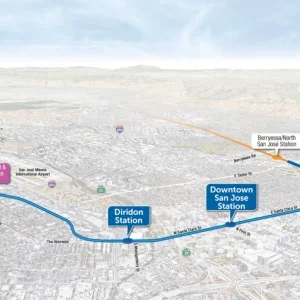A 5.6m diameter Lovat EPBM has arrived on site in Moscow to excavate a 1.7km long twin-tube metro extension under the Moscow River to a new business park in the south east of the city.
The new development project will revitalise a once derelict industrial zone and includes one of the largest foundation excavations in the world at present. Two underground levels within a vast 450m long x 120m wide x 22m deep structure will accommodate the metro station.
At one end of the excavation, Russian contractor ENGEOCOM has established the assembly, launch and working chamber for the EPBM drives, programmed to start in early January 2002.
The alignment is mostly through dry limestone with the Lovat’s screw conveyor operating in open mode. This will convert to closed pressurised mode for the final section through wet sands and clays where the hydrostatic pressure on the TBM will be 2 bar.
From the business park basement to a reception shaft close to the existing Metro connection station, the tunnel alignment is tortuous. As well as a 4.8% gradient over the last 500m section, the TBM must drive through two tight 180m radius curves over 1km to avoid existing underground structures in this relatively old part of the city, particularly at the existing Metro station which is an interconnection station for several metro lines.
The twin tunnels will be lined to a 5.1m i.d. with a bolted and gasketed segmental lining. The contractor is to establish its own segment casting yard, having declined Lovat’s suggested procurement of the segment casting equipment used on the EPBMs previous job, Canada’s Shepherd Subway project, as part of the TBM order.
Construction of the $80M metro, scheduled to open in 2003/4, is financed by funds secured for the overall redevelopment project and is managed by the Moscow Metro authority.







